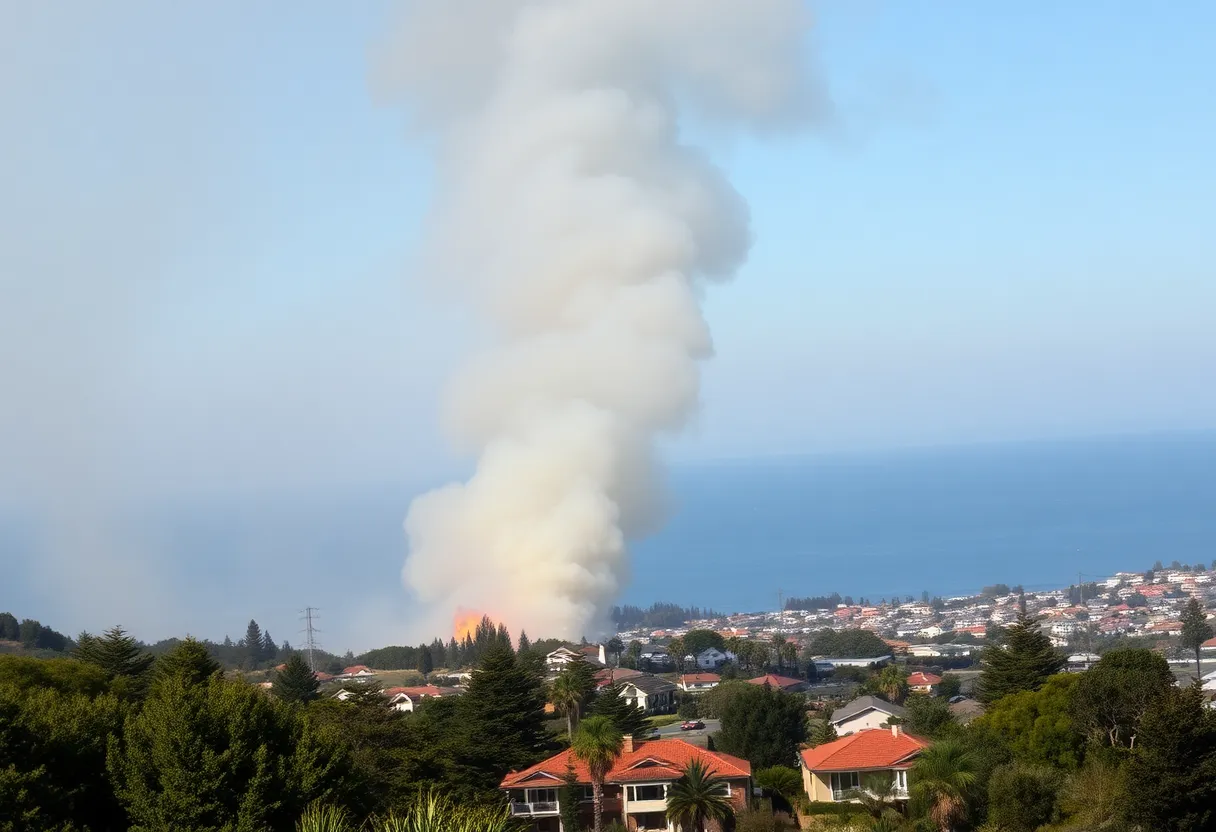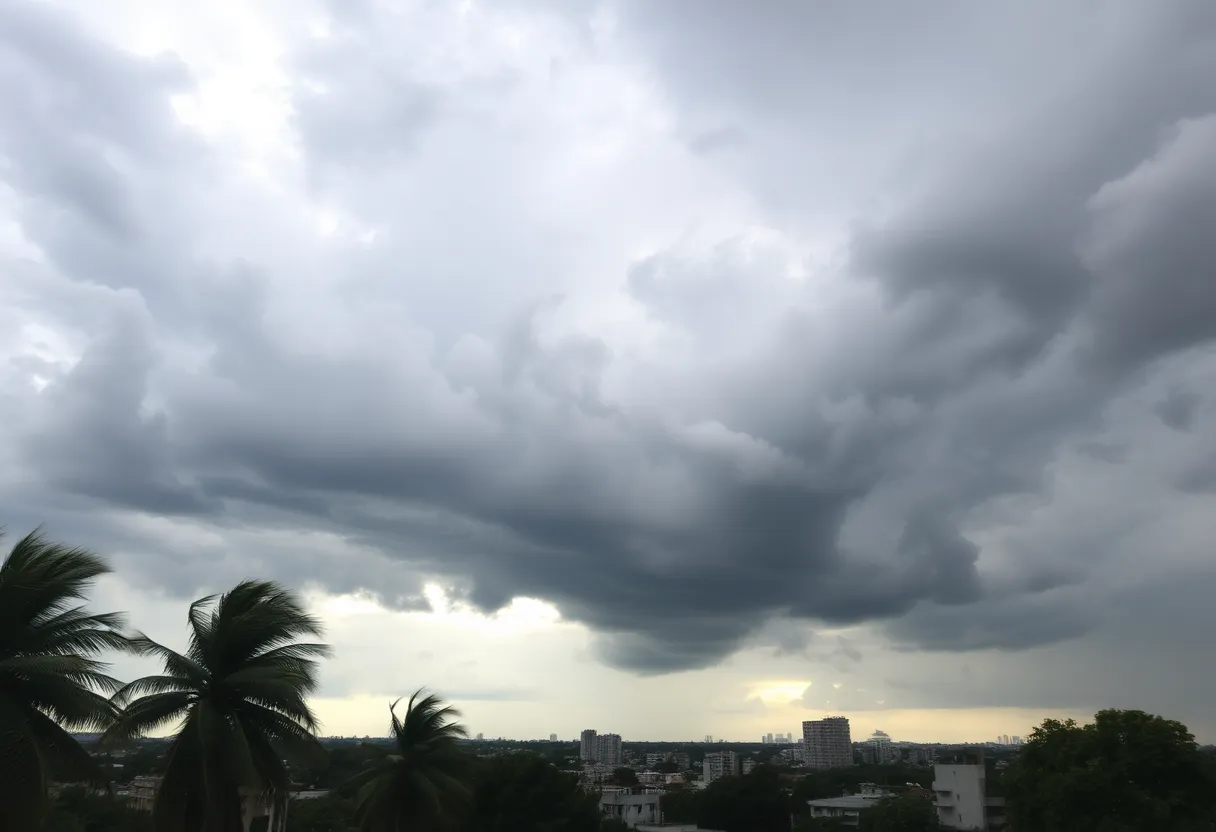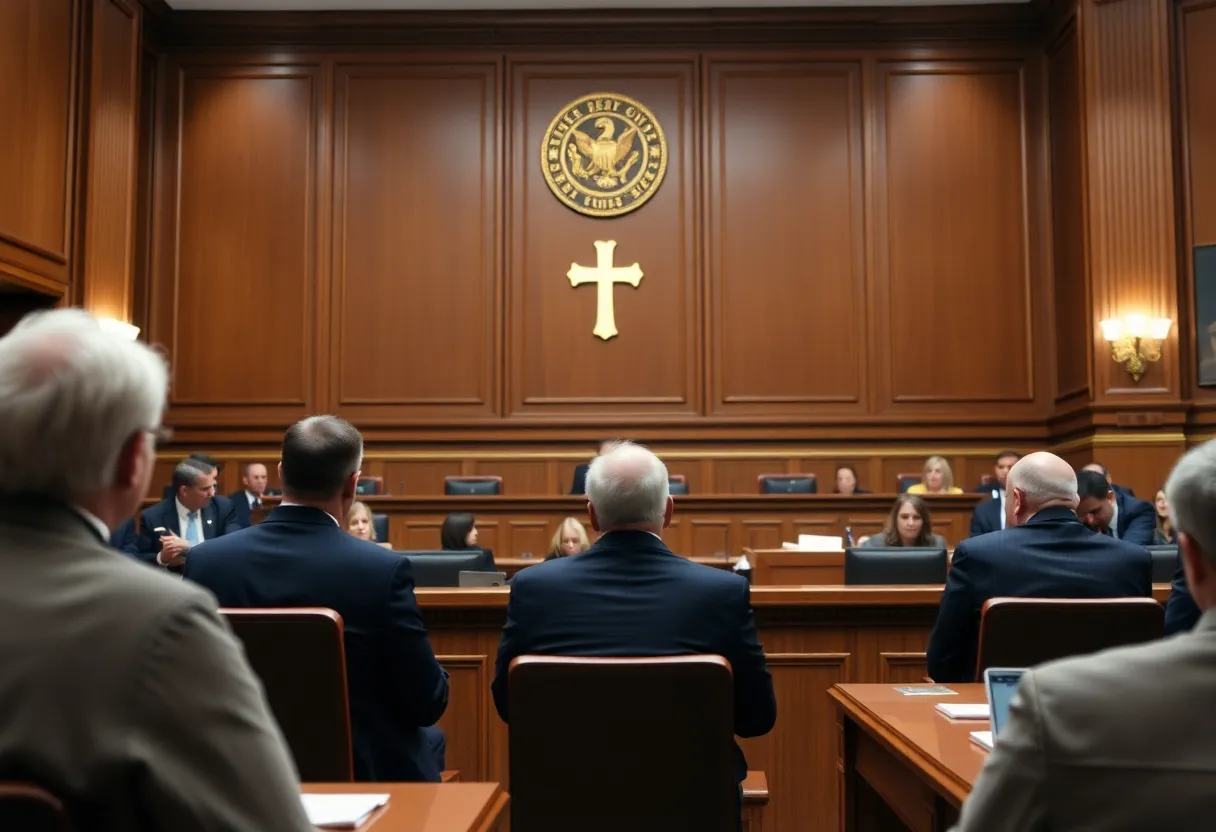Impact of Hurricane Helene on South Carolina’s Timber Industry
Horry County, S.C. — The devastation caused by Hurricane Helene is becoming increasingly apparent, with reports estimating nearly $200 million in damages specifically to the timber sector. The South Carolina Forestry Commission released findings on Friday following thorough aerial surveys of 850 areas that began on September 28. These aerial assessments were combined with on-the-ground evaluations to analyze the extent of timber loss across the region.
Scope of Damages
According to the commission, the total timber damage across 20 counties reached approximately $83 million. This figure does not include associated infrastructure damages, which could further inflate the total destruction caused by Helene. In addition to assessing the physical damage, commission staff also gathered data from mill operators and industry leaders to gauge operational losses incurred during the storm.
Operational Losses
The average downtime for mills due to Hurricane Helene was reported at 2.5 days, contributing to over 1% of the state’s annual timber output loss. This has translated into about $51 million in potential losses for the industry. These figures paint a stark picture of how the hurricane has disrupted not just the physical landscape, but also the economic fabric of the timber sector in South Carolina.
Urban Forests Affected
Urban forests have not been spared, as Helene also caused significant damage in populated areas. It is estimated that around three million cubic yards of wood waste will need to be disposed of. The estimated cost for this disposal is about $20 per cubic yard, totaling an additional $60 million for urban areas alone. When combined with earlier estimates, this raises the total timber-related damages from Hurricane Helene to approximately $194 million.
Response and Future Outlook
The full impact of these damages is still being assessed, as recovery efforts continue. The Forestry Commission is working diligently to gather more data and assist affected areas in rebuilding and recovering from this disaster. Understanding the long-term implications on both the timber industry and the broader economy will be vital for regional officials and stakeholders.
These preliminary assessments serve as a wake-up call about the vulnerabilities faced by communities in South Carolina when extreme weather events occur. As the state begins the arduous process of recovery, the focus will be on not only reinforcing the timber infrastructure but also implementing strategies to mitigate future risks.
Conclusion
The aftermath of Hurricane Helene is a stark reminder of the power of nature and its ability to affect local economies dramatically. As the state grapples with losses that could reach upwards of $200 million, the long-term recovery and resilience of South Carolina’s timber industry remain uncertain. Community leaders encourage collaboration between government bodies and private sectors to bolster recovery efforts and ensure stability in the timber market moving forward.







